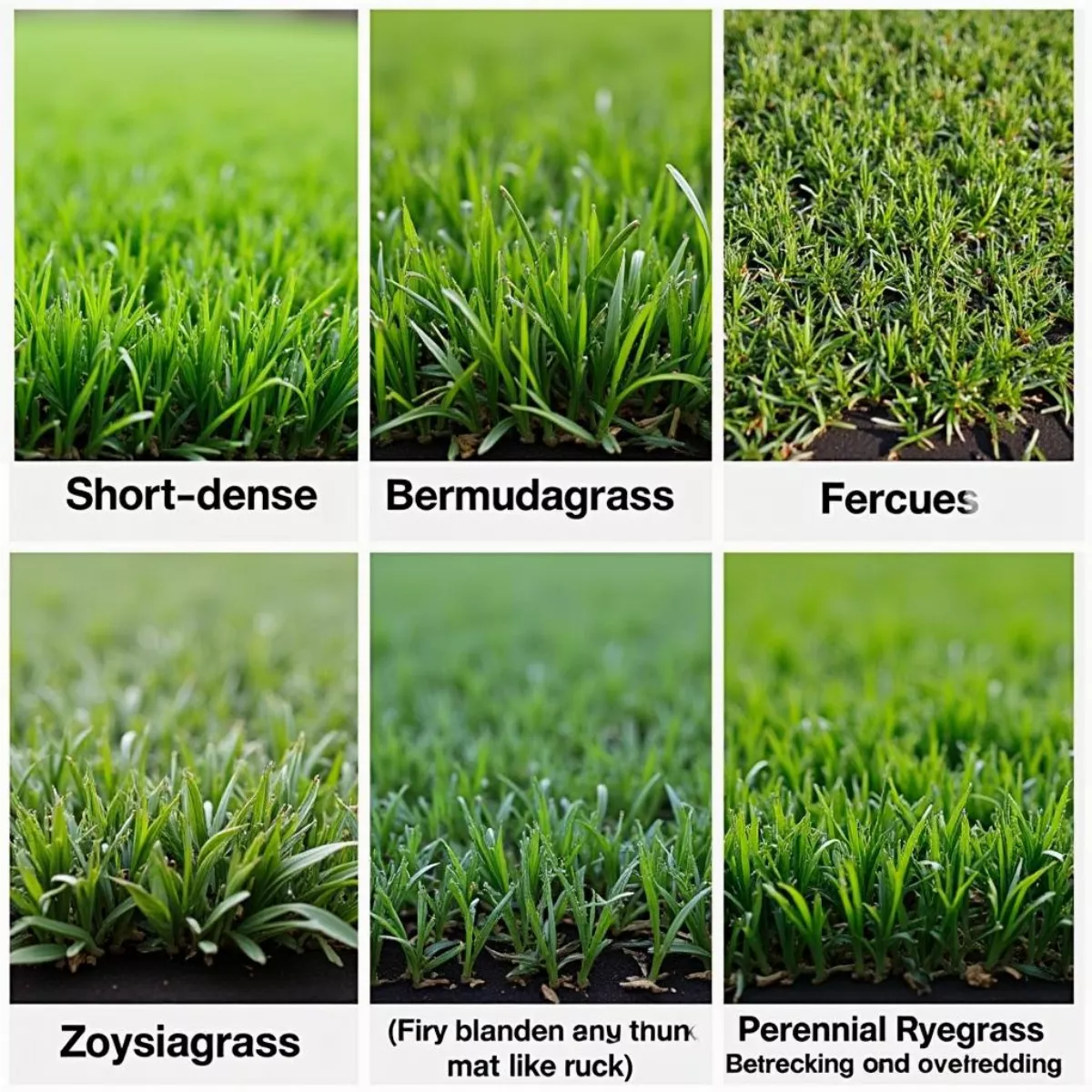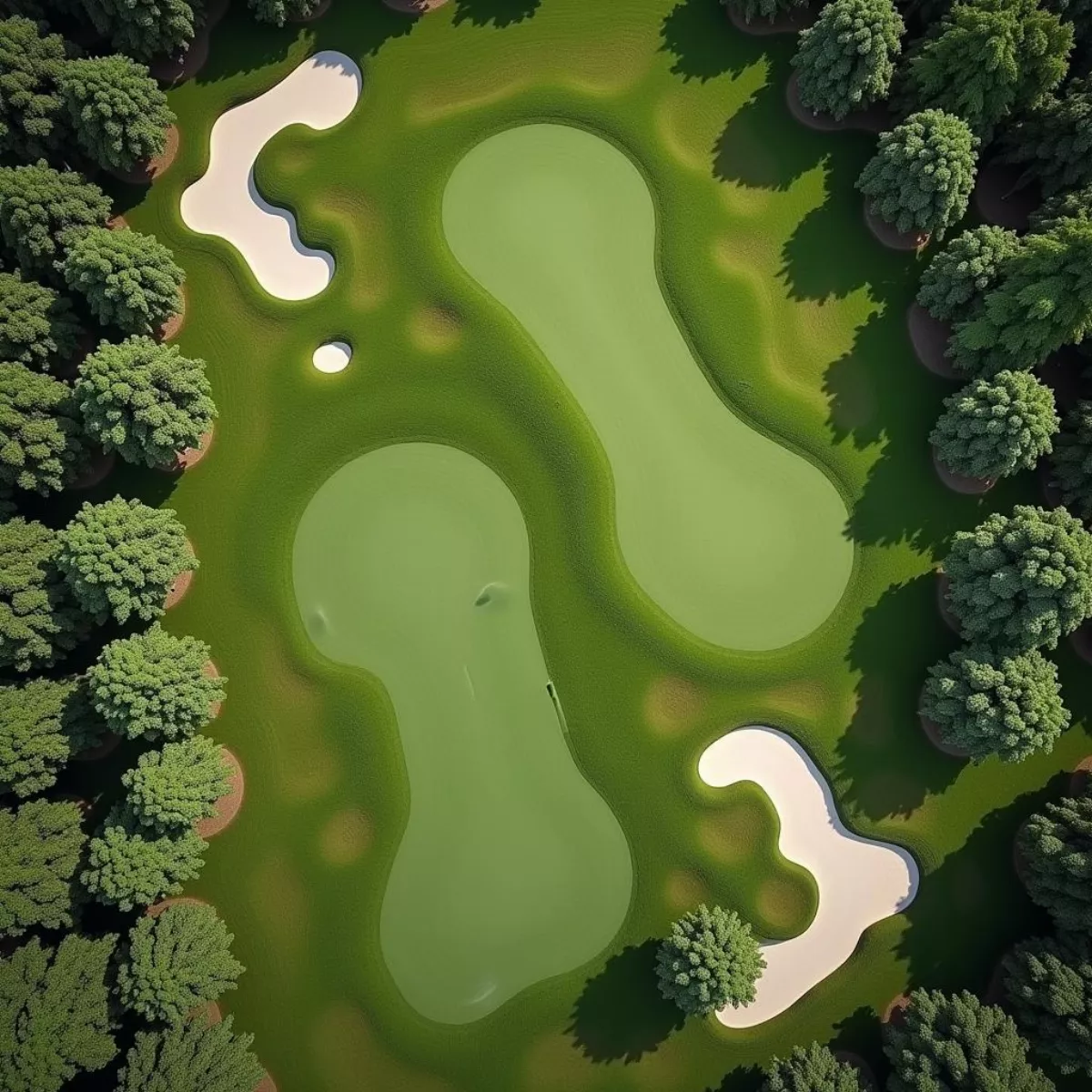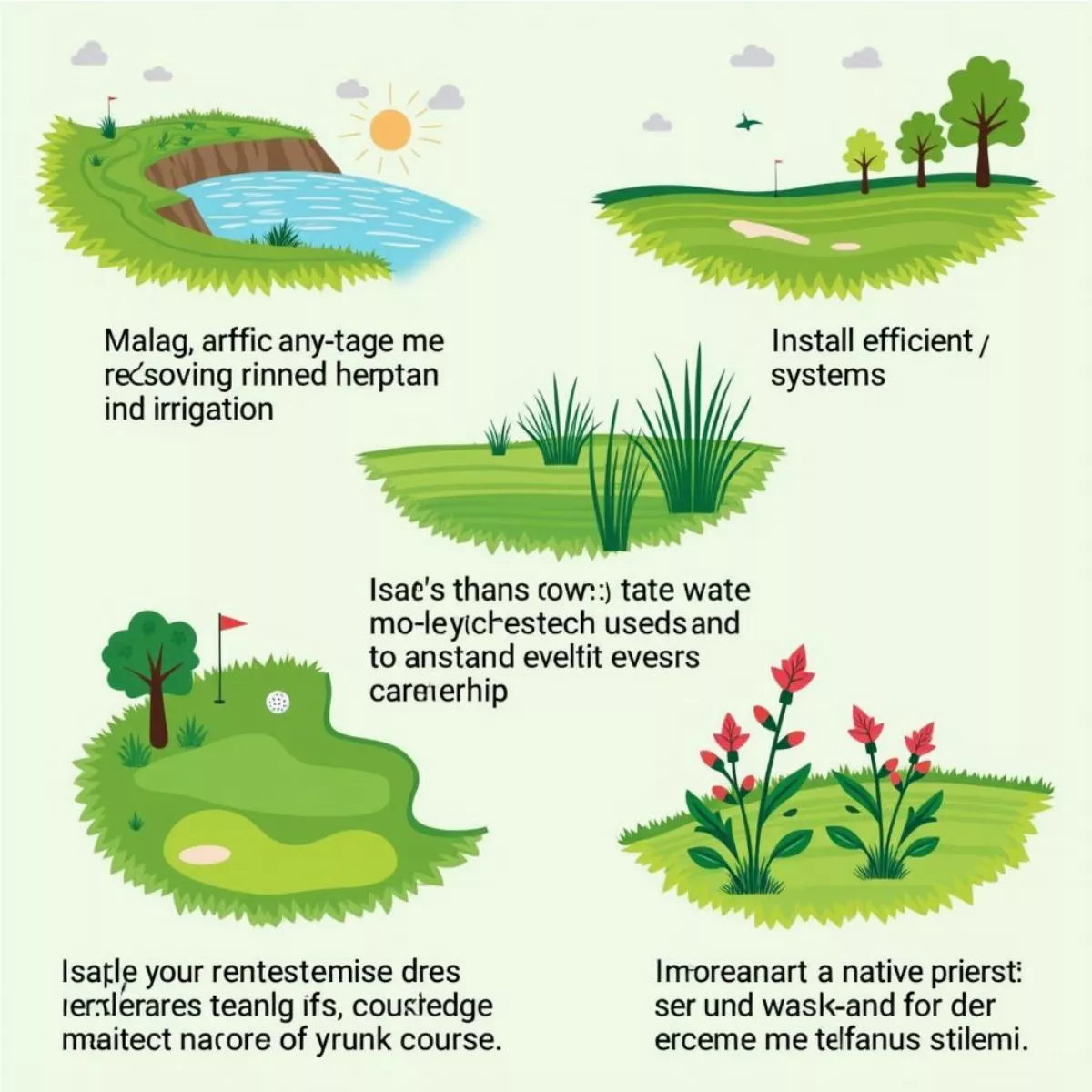When stepping onto a golf course, players might primarily focus on the game at hand. However, the type of grass covering the greens, fairways, and rough has a significant impact on the playing experience. In this guide, we’ll explore the various types of grass used on golf courses, their unique characteristics, and why they are specifically chosen for different areas of the course.
Understanding Golf Course Grass
Grass plays a critical role in golf course design, aesthetics, and playability. The right type of grass can enhance the beauty of the course and impact how the ball behaves during play. Different environments and climates will have an effect on the type of grass used, making it important to understand what grass is best suited for each region and season.
Popular Grass Types Used in Golf Courses
Here’s a quick table showcasing some of the most popular grass types used in golf courses:
| Grass Type | Suitable Climate | Characteristics | Common Areas |
|---|---|---|---|
| Bentgrass | Cool-season climates | Fine texture, dense growth; excellent for putting greens | Greens, Tees |
| Bermudagrass | Warm-season climates | Hardy, drought-resistant; thrives in hot weather | Fairways, Roughs |
| Fescue | Cool-season climates | Tolerates poor soil; often used in naturalized areas | Roughs, Natural Areas |
| Zoysiagrass | Transitional climates | Dense and resistant to wear; thick carpet-like feel | Tees, Fairways |
| Perennial Ryegrass | Cool-season climates | Quick germination; excellent wear tolerance | Overseeding, Cool Regions |
Traits of Each Grass Type
-
Bentgrass:
Known for its short, smooth texture, Bentgrass is the grass of choice for many putting greens because of its ability to provide a fast and true roll. It thrives in cooler climates, making it popular in northern regions.
-
Bermudagrass:
This warm-season grass is known for its durability and low maintenance. Being drought-resistant, Bermudagrass is often found in southern golf courses where the sun reigns supreme.
-
Fescue:
Fescue’s adaptability to various conditions makes it a flexible choice for many courses. It can grow in poor soil and is often used in naturalized areas of the course. This grass also has varying breeds, such as Fine Fescue and Tall Fescue, which are chosen based on the specific needs of the course.
-
Zoysiagrass:
Recognized for its thick, plush quality, Zoysiagrass is particularly resilient, providing a stable playing surface in transitional climates. Its slow growth means it requires less frequent mowing.
-
Perennial Ryegrass:
Considered a favorite for quick cover, Perennial Ryegrass germinates rapidly, making it an ideal choice for overseeding. Its vibrant green color and fine texture are attractive, bolstering its popularity among golf course managers.
 Different Types of Golf Course Grass
Different Types of Golf Course Grass
Factors Influencing Grass Selection
Choosing the right grass for a golf course is no small feat. Various environmental and technical aspects need to be taken into consideration:
-
Climate and Weather:
Different grass types thrive in different climates. For example, Bermudagrass flourishes in warm climates, while Bentgrass prefers cooler temperatures.
-
Soil Conditions:
The type of soil and its nutrient content can dictate which grasses will flourish. Some grasses can grow well in sandy soils, while others might require clay or loam for optimal growth.
-
Maintenance Requirements:
Some grasses require more maintenance than others. Bentgrass may necessitate more frequent watering and mowing, compared to the rugged Bermudagrass.
-
Player Experience:
The choice of grass can enhance or hinder the player experience. Smooth rolling greens and a firm tee surface matter to golfers and should factor into the selection process.
The Role of Course Design
Course architects and superintendents must also consider the design of the course when selecting the appropriate grass type. Here are some factors that shape their decisions:
-
Green Speed:
Bentgrass is often favored on greens because of its capability for faster speeds. If a course desires quicker greens, the choice of grass must reflect that.
-
Aesthetics and Playability:
Golf courses aren’t just about playing—they need to look stunning! The right grass can make a course more picturesque.
-
Traffic Tolerance:
High-traffic areas, such as the fairways and tees, often require a more robust type of grass that can withstand the wear and tear of golfers.
 Golf Course with Distinct Grass Areas
Golf Course with Distinct Grass Areas
Seasonal Considerations
In addition to the type of grass used, the seasonal changes can also affect the performance of golf course grass. Many golf courses choose overseeding strategies to maintain quality throughout the year, particularly in regions with extreme temperature swings.
For example, a course in the southern United States may use Bermuda grass during the warm months and then overseed with Perennial Ryegrass in the cooler winter months to maintain lush greens.
Key Strategies for Seasonal Grass Management
- Utilize overseeding techniques to maintain color and ideal playing characteristics.
- Choose grasses that quickly recover from seasonal stressors.
- Implement soil management practices to enhance nutrient availability.
Environmental Impact and Sustainability
As awareness of sustainability grows, many golf courses are shifting toward more environmentally friendly practices. Installing drought-tolerant Bermudagrass and employing advanced irrigation technologies reduces water usage. Conducting soil testing and using organic fertilizers can also improve soil health and promote sustainable grass growth.
Tips for Sustainable Grass Management
- Opt for native grasses whenever possible to minimize the need for irrigation.
- Implement sustainable landscaping practices to reduce herbicide and pesticide usage.
- Encourage biodiversity by incorporating natural areas or wildflower meadows.
 Sustainable Golf Course Management
Sustainable Golf Course Management
Key Takeaways
- The type of grass used on a golf course significantly affects playability, maintenance, and aesthetics.
- Popular grass types include Bentgrass, Bermudagrass, Fescue, Zoysiagrass, and Perennial Ryegrass, each suited for different climates and areas of the course.
- Grass selection must consider climate, soil type, course design, and player experience.
- Seasonal management, including overseeding, can help maintain quality throughout the year.
- Sustainability practices are becoming increasingly important in golf course maintenance.
Frequently Asked Questions (FAQ)
- What is the best grass for golf greens?
- Bentgrass is widely regarded as the best option due to its fine texture and ability to create fast greens.
- Why do some golf courses use different grasses in different areas?
- Different areas of the course have varying requirements such as traffic tolerance, aesthetics, humidity, and sunlight exposure.
- Can grass types be mixed on a golf course?
- Yes, some courses utilize grass mixtures to enhance playability and resilience. An example is overseeding courses to ensure consistency in appearance and playability.
- How can golf courses be more sustainable?
- Courses can adopt sustainable practices such as using native grasses, rainwater harvesting, and limiting the use of chemical fertilizers.
- What kind of maintenance do golf course grasses require?
- Maintenance varies by grass type. For instance, Bentgrass requires more frequent watering and mowing, whereas Bermudagrass is more drought-resistant and hardy.
- How does climate affect grass choice for golf courses?
- Grass types are selected based on their ability to thrive in local climatic conditions; warm-season grasses are used in hotter regions, while cool-season grasses are better for cooler climates.
- How often do golf courses overseed?
- Many golf courses overseed at the start of the cooler fall season to maintain a green appearance during the winter months.
- Are there grasses better suited for coastal areas?
- Yes, grasses such as seashore paspalum are often utilized in coastal regions due to their salt tolerance.
- Why is grass management important in golf?
- Effective grass management ensures optimal playing conditions, aesthetic appeal, and environmental responsibility, contributing to a better overall player experience.
In conclusion, understanding the different types of grasses utilized in golf course design and management can enhance your appreciation for the game. The grass you play on is just as important as your swing. Next time you’re on the course, take a moment to consider the carefully selected grass types and how they create the playing experience you enjoy!